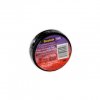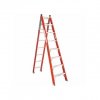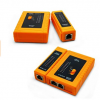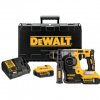Post your must have installation tools
- Thread starter dudemaar
- Start date
You are using an out of date browser. It may not display this or other websites correctly.
You should upgrade or use an alternative browser.
You should upgrade or use an alternative browser.
- Good masonary and metal drill bits with duplicates.
- Good hammer drill with extra fully charged l-ion batteries.
- Ratcheting multibit screw driver.
- Good network cable strippers, rj45 crimpers, and punch down tool.
- Good electrician scissors.
- Comfortable shoes.
- Nice tool bag/backpack and belt tool holster/pouch.
- Flush cutter.
- Flash light and headlamp.
- Measuring tape.
- Label maker and labels.
- Zip ties and hook and loop fastening tape rolls.
- Cable comb.
- Polymer fish tape and fiberglass cable rods.
- Good hammer drill with extra fully charged l-ion batteries.
- Ratcheting multibit screw driver.
- Good network cable strippers, rj45 crimpers, and punch down tool.
- Good electrician scissors.
- Comfortable shoes.
- Nice tool bag/backpack and belt tool holster/pouch.
- Flush cutter.
- Flash light and headlamp.
- Measuring tape.
- Label maker and labels.
- Zip ties and hook and loop fastening tape rolls.
- Cable comb.
- Polymer fish tape and fiberglass cable rods.
Kevin_Essiambre
Pulling my weight
Broachoski
Getting comfortable
CastleSurveillance
Getting the hang of it
Mike A.
Known around here
- May 6, 2017
- 4,201
- 7,069

Couldn't find a pic with pull string and too lazy to get off my butt and dig mine out but you get the idea.
If you've got an open space like over a drop ceiling you can can cover a lot of distance quicky and get up and over things easy.
Last edited:
- Feb 5, 2018
- 1,009
- 1,358
A plastic kitty litter bucket or two to carry the particular assortment of tools and parts I've selected for a particular phase of a job, so I don't have to carry everything everywhere.
CastleSurveillance
Getting the hang of it
Couldn't find a pic with pull string and too lazy to get off my butt and dig mine out but you get the idea.
If you've got an open space like over a drop ceiling you can can cover a lot of distance quicky and get up and over things easy.
This works better for you than like 15' of fish rod? lol
Mike A.
Known around here
- May 6, 2017
- 4,201
- 7,069
This works better for you than like 15' of fish rod? lol
Does actually in a lot of cases. Much faster and easier. Depends on the circumstances and not a replacement for rods obviously.
CastleSurveillance
Getting the hang of it
Does actually in a lot of cases. Much faster and easier. Depends on the circumstances and not a replacement for rods obviously.
I’m going to have to try one of these myself.
Mike A.
Known around here
- May 6, 2017
- 4,201
- 7,069
I’m going to have to try one of these myself.
Yeah, you'll probably be bouncing it about 2 feet in front of your face sometimes until you get the hang of it and depending on your aim. lol Works well where you can use it though. Pop tiles down the line. Toss from one to another. You can have a long run done real quick. Or just getting up over some duct work or pipes or whatever where it's a pain to get the rods and get them up in there just to get past that. Half the battle with the pole sometimes is just managing that end of it vs getting where you're going.
1. Knipex scissors

2. Noyafa nf-8061

3. Klein tools VDV226-110 chinese rip-off
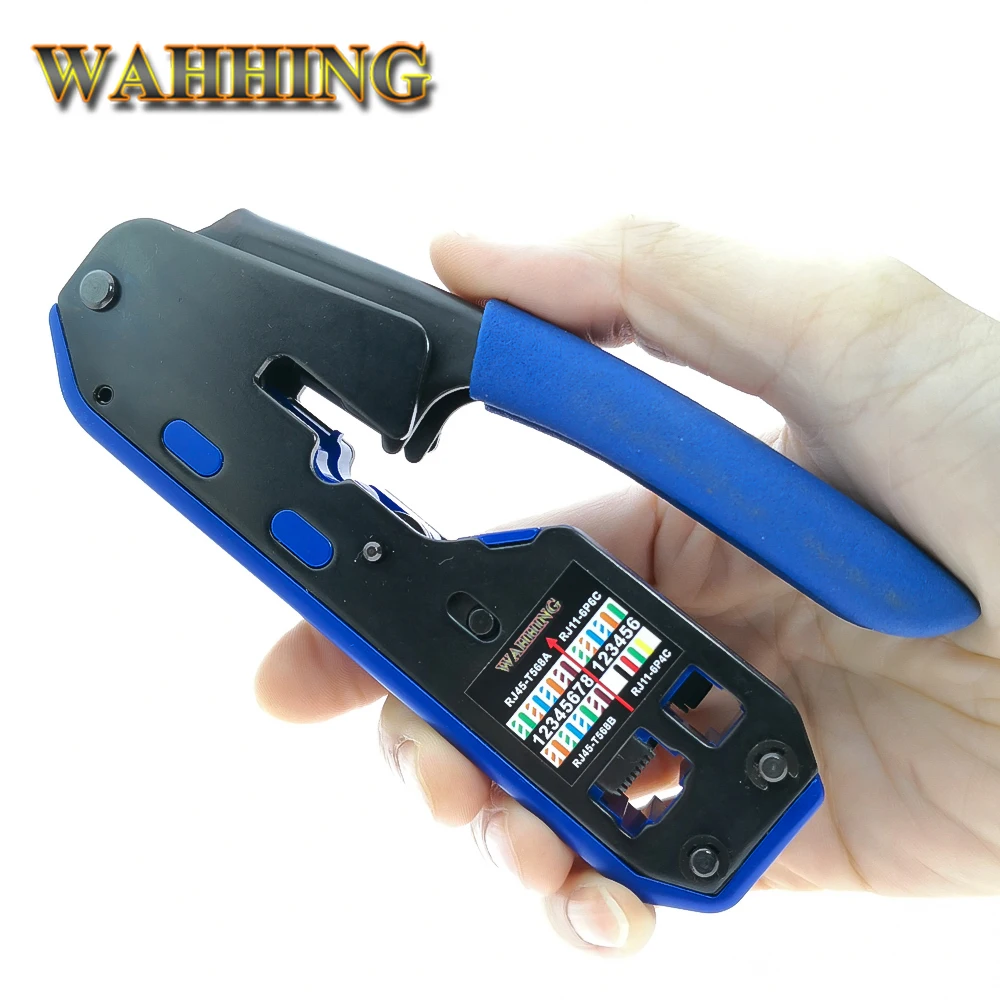
4. Brother pt-e300vp

5. Hilti BX3-ME for installing plastic conduit with:
Hilti X-P 20 B3 MX nails (for hard concrete)
Hilti X-ET MX (for holding the conduit onto the nail, without it the nail snaps the conduit)

6. Krause Protec XS aluminium mobile scaffold

7. Nitecore NU32
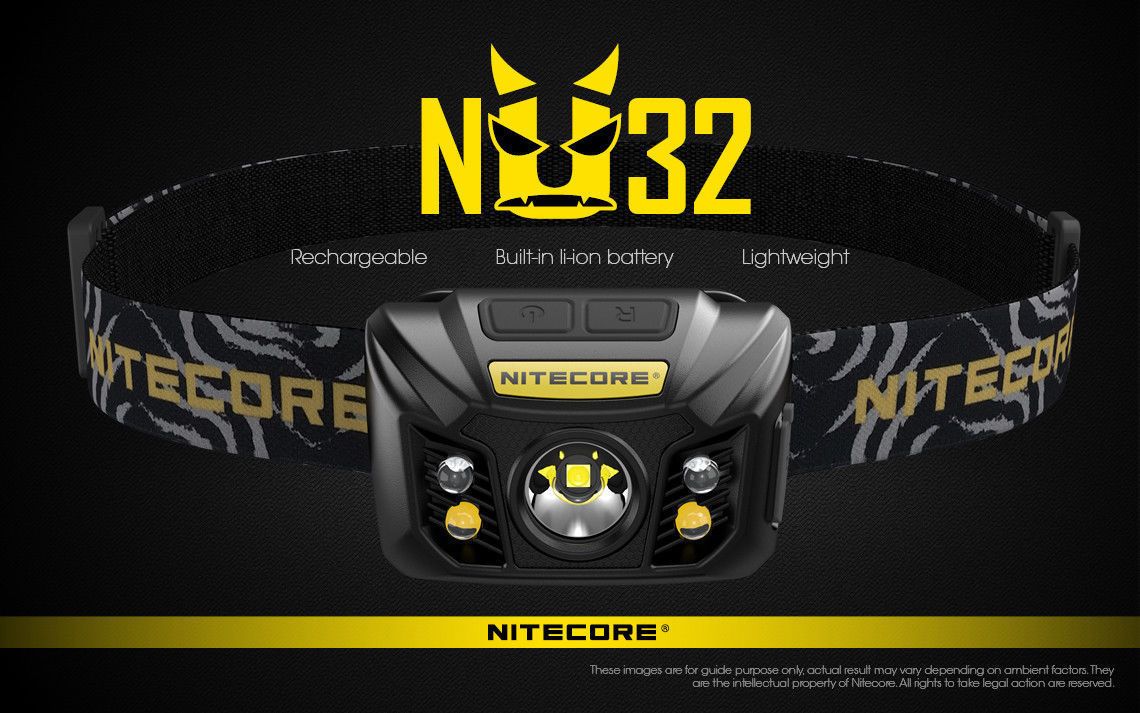

2. Noyafa nf-8061

3. Klein tools VDV226-110 chinese rip-off

4. Brother pt-e300vp

5. Hilti BX3-ME for installing plastic conduit with:
Hilti X-P 20 B3 MX nails (for hard concrete)
Hilti X-ET MX (for holding the conduit onto the nail, without it the nail snaps the conduit)

6. Krause Protec XS aluminium mobile scaffold

7. Nitecore NU32

Last edited:
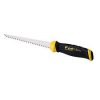

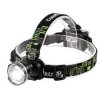



installation tools? oh boy.... lots of toys for this
When it comes to running wire in small cramp spaces... the above glow rods are MANDATORY along with pull string. You can push a bunch of string up a hole and reach the string from a distance with those glow rods since they also come with a fishing hook attachment to grab the string.

